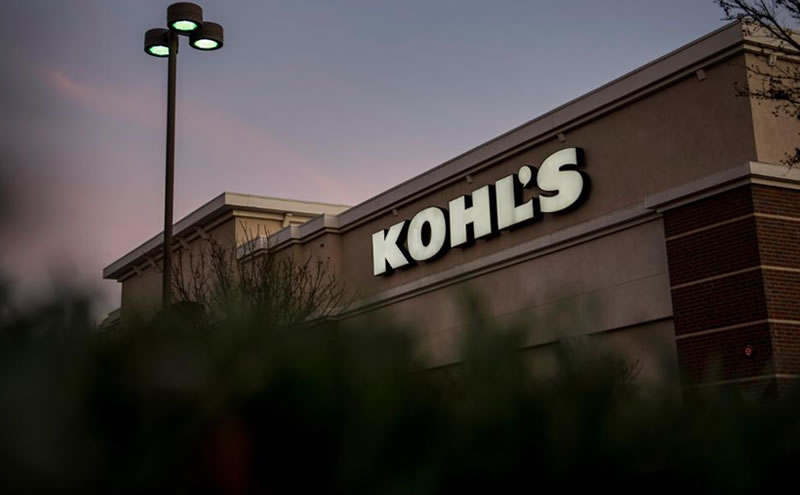Kohl's Corporation (NYSE: KSS), an American retail-chain corporation of department stores, is set to announce its second-quarter results on August 18, 2020. After opening its first store in 1962, Kohl's Corporation now runs 1,159 stores in 49 states and employs approximately 122,000 people. Headquartered in Menomonee Falls, Wisconsin, Kohl's Corporation women apparel business generates approximately 30% of its revenue.

The company, analysts believe, will register lower revenue and higher loss in its second-quarter earnings report. The company had posted EPS of $1.55 in Q2 2019, which will likely deteriorate to a per-share loss of 98 cents in Q2 2020. The quarterly revenue, on the other hand, is estimated to be $3.05 billion, down 31 percent from Q2 2019.
The company has been, on average, registering negative earnings surprise of 21% throughout its preceding four quarters, with a 79% negative earnings surprise in the last quarter Q1 2020.
Kohl's Corporation started the year with a per-share price of $49.11 and, since then, has lost around 52% of its value YTD, closing on $23.4 on August 14, 2020, gaining 2.7% on the last trading day of the week. As of August 14, 2020, Kohl's Corporation has a market capitalization of $3.69 billion. Kohl's Corporation has a price-to-earnings ratio (trailing 12 months) of 39 as compared to the industry average of 27, suggesting an expensive valuation of Kohl's stock in relation to its peers.
Impact of the pandemic:
Kohl's Corporation had to face difficult times during the coronavirus pandemic, with the company forced to close 1,100 of its stores. This will show its impact on the revenue when the company announces its second-quarter results. Lower revenues are expected to be coupled with higher selling and operating expenses, with the company spending more on coronavirus precautionary measures and fixed overhead costs without generating parallel revenues. In the first quarter of 2020, the company's selling and operating expenses saw a year-over-year rise of 44%, presenting the company with a challenge to control higher expenditures.
Although in the past, the company had been criticized for not having a vibrant online presence; it has been able to benefit from it following a surge in demand during the pandemic when most of its physical stores were closed. To compete with its rivals and increase its sales, the company will have to invest more in its e-commerce business.

















Rate this article